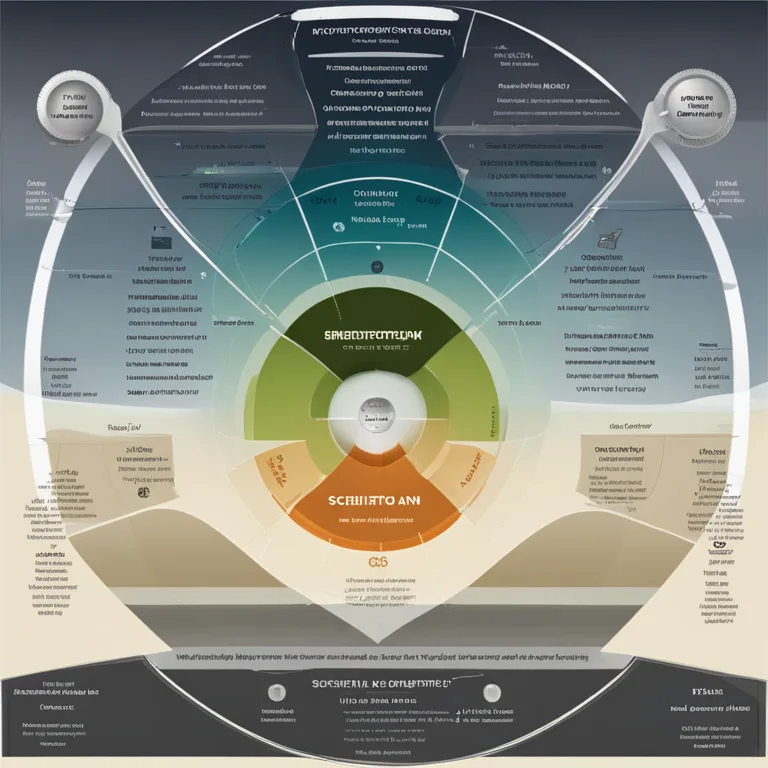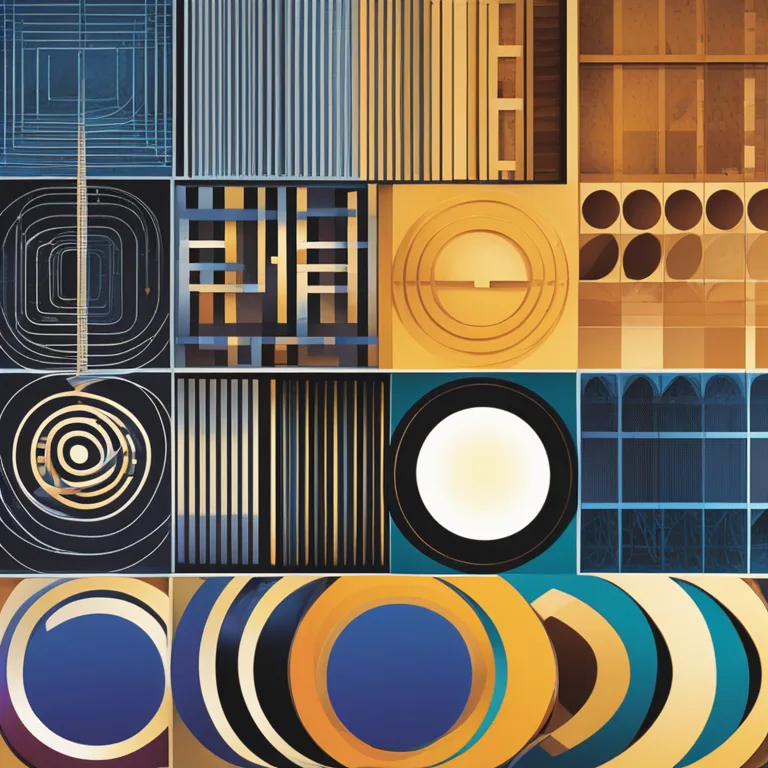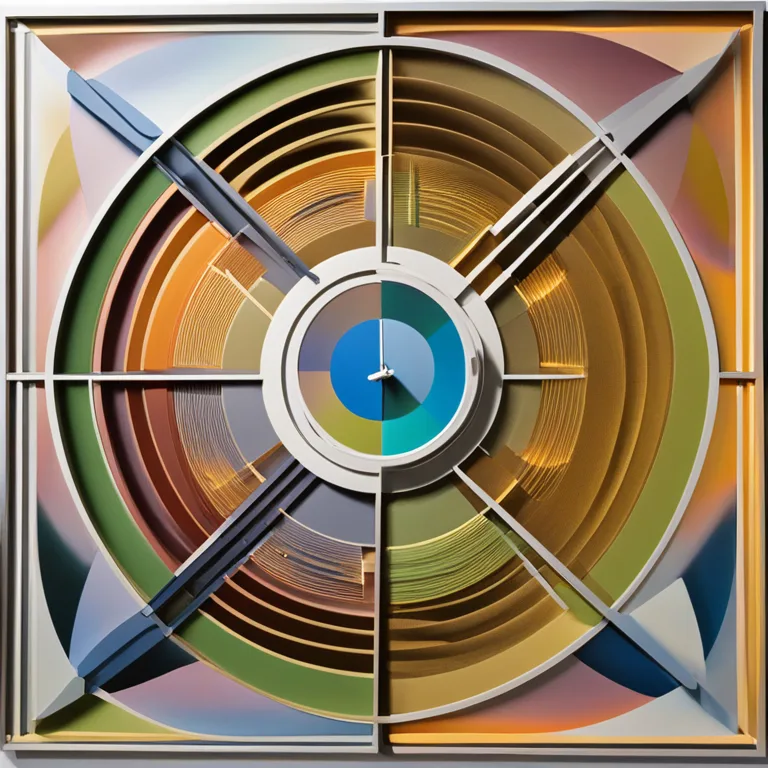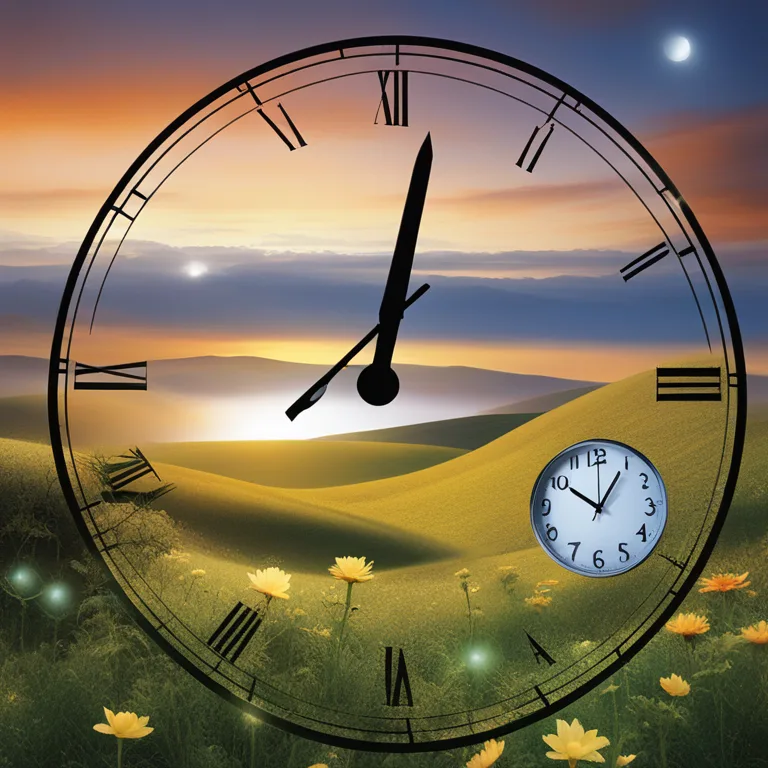
Biorhythms and Circadian Rhythms: The Synchrony of Life
The intricate relationship between biorhythms and circadian rhythms shapes our daily lives. This article delves into how these two biological patterns intertwine.
article by Adrian Wallace
The Essence of Biorhythms
Biorhythms are the natural cycles that govern the physical, emotional, and intellectual aspects of our biology. Originating from Greek words meaning "life" and "rhythm," these intrinsic fluctuations are believed to influence our capabilities and wellbeing. As a concept, biorhythms follow a distinct pattern — typically running on cycles of 23, 28, and 33 days, corresponding to physical, emotional, and intellectual rhythms, respectively. Advocates of biorhythm theory suggest that tracking these cycles can help anticipate periods of strength or vulnerability, potentially optimizing personal and professional pursuits.

Circadian Rhythms: Our Biological Clock
Circadian rhythms, on the other hand, are roughly 24-hour cycles woven into the fabric of almost every living organism. These patterns are primarily influenced by light and darkness in an organism's environment and play a significant role in sleep-wake patterns, hormone release, and even body temperature. Governed by a group of nerves known as the suprachiasmatic nucleus within the hypothalamus, circadian rhythms are essential for maintaining homeostasis and synchronizing our internal clock with the external world.

Intersecting Cycles: Biorhythms Meet Circadian Rhythms
The harmonizing dance between biorhythms and circadian rhythms isn't immediately apparent, yet they are closely entwined. While biorhythms encapsulate broader cycles beyond the scope of a single day, circadian rhythms deal with the day-to-day fluctuations that are more immediate and observable. Syncing our personal biorhythms with the external cues that shape circadian rhythms can enhance overall wellbeing by allowing us to better ride the waves of our endogenous cycles. Adopting consistent sleep schedules and exposure to natural light could help synchronize these two rhythms.

Scientific Scrutiny and Evolving Perceptions
It's important to note that the scientific community remains skeptical about biorhythms' predictive capabilities. However, as our understanding of human biology evolves, there is an increasing appreciation for the complexities of bio-individuality and how personal patterns might integrate with circadian influences. As we move forward into 2024 and beyond, advances in wearable technology and biometric data analysis continue to provide a deeper insight into personal health rhythms, potentially offering a more tangible connection between biorhythm theory and circadian science.

Practical Applications: Harnessing Our Biological Rhythms
Practical application of understanding the crossover between biorhythms and circadian rhythms lies mainly in potential lifestyle adjustments. For instance, if one's emotional biorhythm predicts a period of sensitivity, adhering to a consistent light-dark cycle can help mitigate the intensity of this phase. Likewise, acknowledging when our physical biorhythm is at a low could steer us to prioritize rest and align our activities with the most restorative times suggested by our circadian rhythms. This symbiotic relationship offers a path to balancing the demands of daily life with our intrinsic biological ebb and flow.
Future Research and Implications
As we advance, the potential for more nuanced research into the interplay of biorhythms and circadian rhythms holds promise. Understanding how these cycles influence one another could transform how we approach health, wellness, productivity, and even medical treatments. Future studies may reveal optimized lifestyle patterns tailored to the individual, helping to maximize human potential in alignment with these natural cycles.
Published: 12/28/2023
Modified: 12/28/2023
More predictions
Come back here soon to learn more about yourself and your future


The Synergy of Biorhythm Compatibility
Delve into the intriguing concept of biorhythm compatibility to foster deeper connections and understand interpersonal dynamics.


Biorhythm Insights: Patterns of Life's Peaks and Valleys
Discover the intriguing concept of biorhythms and see practical examples of how these physiological cycles might influence our daily lives.


The Accuracy of Biorhythms: A Myth or Science?
Delve into the debate on the accuracy of biorhythms and discover whether they hold any scientific validity.